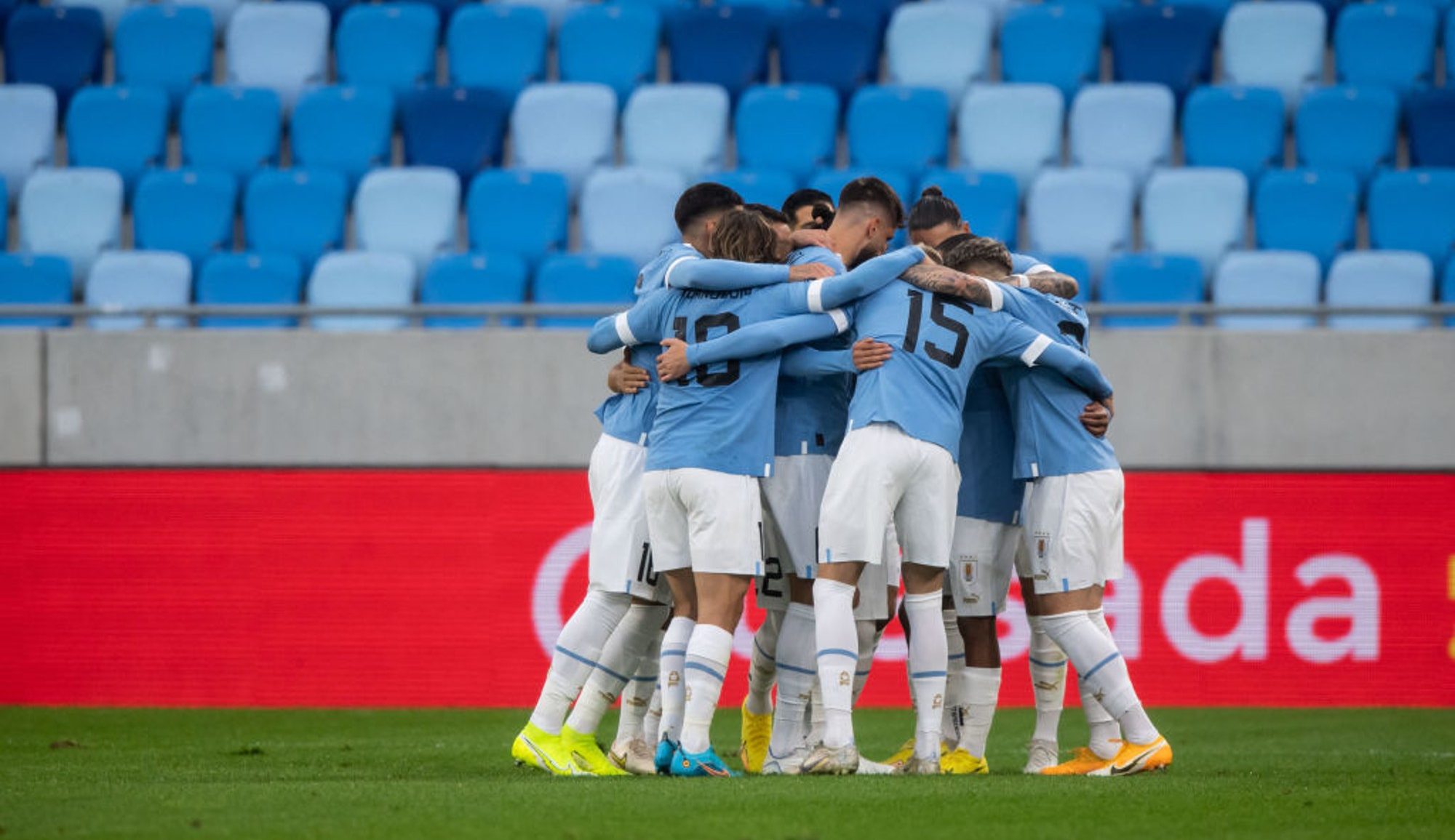Diego Lugano explains what the "charrúa claw" is 1:24
(CNN Spanish) --
It seems that all is lost.
There are only a few minutes left before the game ends and the score is against.
The players are exhausted.
But they don't give up.
The "charrúa claw" comes out on the field and they fight with all their might until the referee whistles.
They manage to reverse the result and there is no doubt for anyone watching that they did not give 100%.
The Uruguayans gave 110%.
The "charrúa claw" is a concept that possibly every Uruguayan understands, although they may not be able to explain it.
There are multiple ways to define it.
Alfredo Etchandy, former Undersecretary of Sport, said that "it is something more than what can be given, it is a 'plus' that Uruguayan soccer players have" thanks to which "they achieved victories that seemed impossible."
For the renowned historian Gerardo Caetano, it is a "psychic factor to overcome adverse moments."
The 'claw' is the force, the push.
But why 'charrúa'?
The Charrúas were one of the indigenous groups that inhabited the territory of what is now Uruguay before the formation of the State.
Today there are few traces of the Charrúas, since since the territory was a Spanish colony, multiple military campaigns were carried out to exterminate groups that, in the vision of the dominant power, disturbed stability.
(In fact, in 1831, a year after Uruguay swore its first Constitution, one of the most remembered extermination campaigns was carried out in which the then president summoned the caciques to a stream and ambushed them, killing the men and taking women and children prisoner).
"We are born screaming goal": how Uruguay, a small and sparsely populated country, became a factory of export soccer players
For this same reason, Uruguayans are called "charrúas".
Although, according to Caetano, the truth is that if we wanted to refer to a pre-Columbian 'claw', the most accurate thing from a historical point of view would have been to speak of a Guarani claw, because "those who inhabited the territory of the eastern band were the Guarani. The Charrúas They were a small ethnic group."
The expression began to be used, according to historians, early in the 20th century.
And it was sealed with the victory of Uruguay against Brazil in 50, the
maracanazo.
advertising
The concept, he says, according to statements cited by the National Academy of Letters, is associated with the "anomaly that a small country could triumph over its giant neighbors on multiple occasions, "reinforcing that idea of having a special fiber that allowed it, in adverse moments, put things in their favor".
The charrúa claw, "commitment to the cause"
"The claw, the temperament, means commitment to the cause, a commitment that is often invisible, which exceeds 90 minutes," former team captain Diego Lugano explained to CNN en Español in 2019.
Lugano told Juan Pablo Varsky that under the direction of the "maestro" Óscar Washington Tabárez, who was in charge of the team for 15 years, it was a "condition" to reverse the image that "the charrúa claw was sometimes being violent."
"It was never that," he said.
"It is what leads you to make a lot of sacrifice, to become competitive worldwide, to identify with the people, to win a game or to lose it with dignity, with nobility."
Uruguay obtains its qualification to Qatar 2022 in a qualifying round with Peru 1:54
Why is Uruguay's shirt light blue?
The light blue of the selected shirt dates back, according to reports by the media and local teams, to 1910.
By then, Uruguay did not yet have a fixed jersey, but had alternated between different designs, for example a white one, a blue and white striped one, and a blue one with a white diagonal stripe.
On April 10, 1910, the local team River faced off against the Alumni of Argentina, who were considered the best team of the time.
Both cadres wore red and white jerseys, so one had to change.
So it was that the 11 Uruguayans put on light blue shirts without knowing that the color would become a symbol of the country.
River started losing, but managed to turn the game around and finally triumphed 2-1 against Alumni.
In honor of that feat, a leader of another local team, Wanderers, proposed that the team wear light blue.
According to this story, Uruguay's first match with the completely light blue shirt was against Argentina on August 15, 1910 for the Lipton Cup.
The Argentines, according to River's count, had won that championship four consecutive times until then.
But this time Uruguay prevailed.
Uruguayan national team

